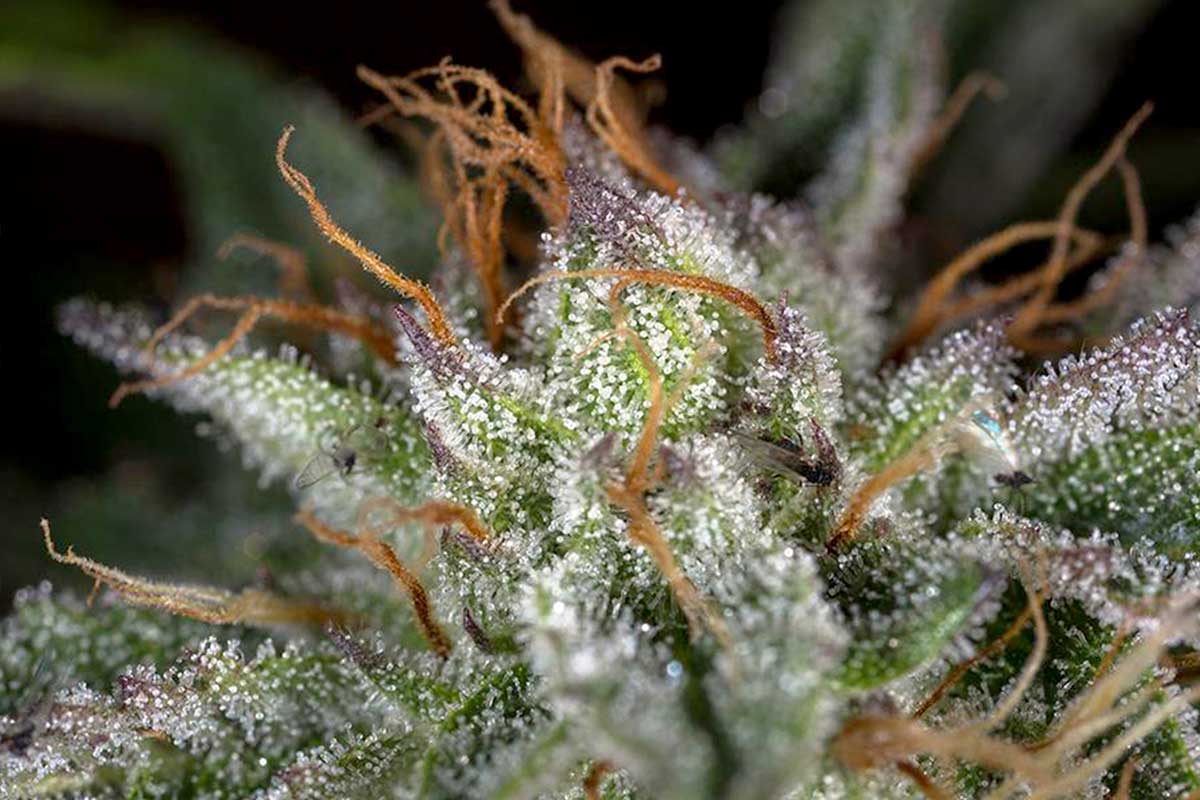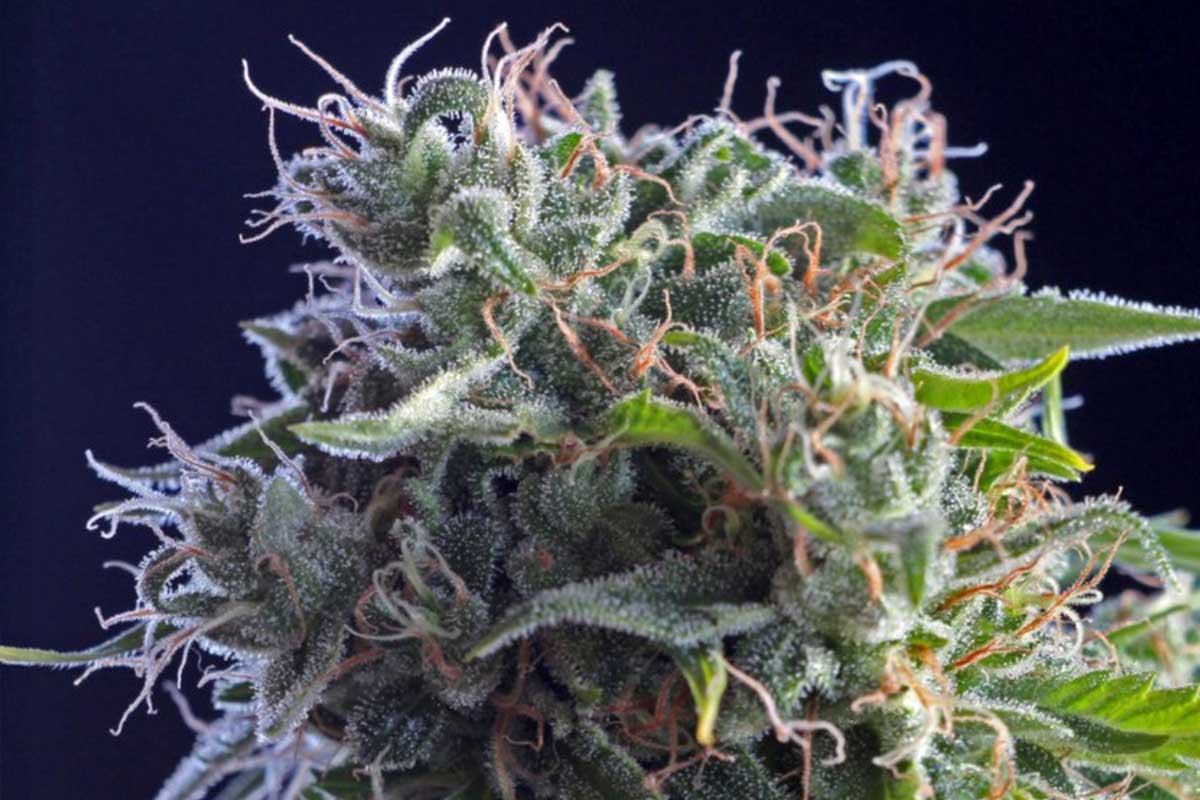Think back to any weed you’ve ever grown yourself at home. In some instances, you may have purchased a clone, but by and large, people start with their own tiny seeds. These seeds come from what many might call “modern weed”; hybrids that are genetically calculated to produce a certain set of effects, aromas, or flavors.
But when it comes to the cannabis that people smoked a generation ago across the globe, their seeds were a little different. Termed as landrace strains, these plants grew wild and can be considered to be some of the purest and untouched varieties of cannabis still around.
Along with native landrace plants, many in the industry note the lack of original Haze and Kush strains in circulation. Many of these popular strains were first created by crossing original landrace plants from various countries, but just like all living things that create offspring, today’s plants are far from those native plants. After all, how similar are you to your ancestors from one hundred years ago?
With so many strain choices to consider, how do you know which ones are actually endangered and, therefore, you should try if given the option? Here are five endangered cannabis strains to watch for.
Thai

PHOTO | moldresistantstrains.com
A sativa landrace that has no doubt parented some of your favorite hybrids, Thai takes an incredibly long time to grow. Requiring tropical climates plus the slow return on investment caused growers to practically abandon this plant long ago.
Hindu Kush

PHOTO | Leafly
How can this well-known name be extinct? While it’s used for tons of hybrids, original Hindu Kush is often only found in its native land between Afghanistan and Pakistan. Most dispensaries don’t stock it on their shelves anymore.
Malawi Gold

PHOTO | dutchseedsshop.com
Native in eastern Africa, Malawi Gold is a truly rare strain that’s worth trying, if you can. Cannabis is prohibited in its native region, meaning we may only get to enjoy it for so long.
Panama Red

PHOTO | seedsman.com
Another foreign plant that requires a very long growing cycle, Panama Red originates from its namesake. We’re not saying that it’s impossible to find, but given that it takes so long to cultivate, it won’t even have the chance to become one of your regular go-to’s.
Pure Landrace

PHOTO | Royal Queen Seeds
As we’ve already mentioned, finding a landrace strain that hasn’t been crossed with something else is a tall task. While the growth of these plants in native countries is often alive and well, those in the US market could have a difficult time locating these beautiful buds.
The Future of Endangered Cannabis Strains
First and foremost, if you have the chance to try any endangered cannabis strains like original landrace or one of the old-time Haze or Kush varieties, don’t hesitate. As these plants become more scarce, who knows when they will become completely obliterated forever? We don’t want to cause a panic, and obviously, landrace plants still grow in their native regions, but getting your hands on them has become increasingly difficult.
With that being said, one can’t help but look at the progress that cannabis lovers have made and realize that the nugs we once dreamed about are now here. By using refined growing methods and taking the art of cultivating weed to a scientific level, breeders have created strains that look beautiful, produce high levels of THC, and are basically things that were figments of our imagination years ago.
It’s bittersweet to think that some of the world’s strains are in an endangered state, but what’s exciting to think about is the progress we’ve made and where the world of cannabis could be in the next few decades. Perhaps the strains we enjoy now will seem like child’s play once we become even more skilled in crossing various plants to create the perfect bud.